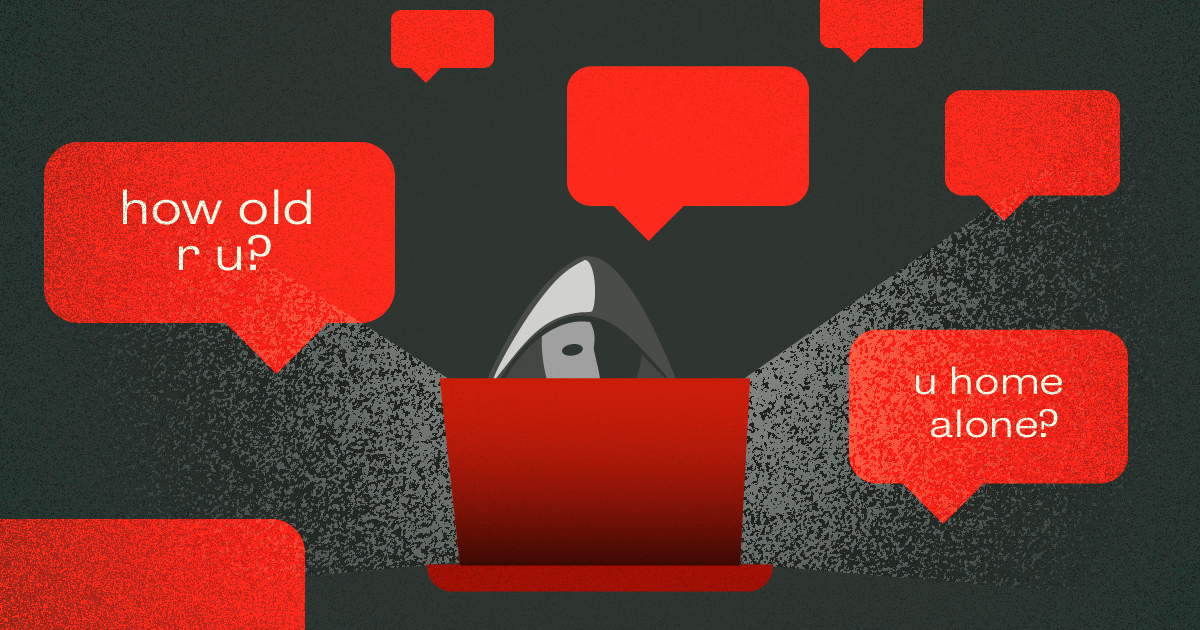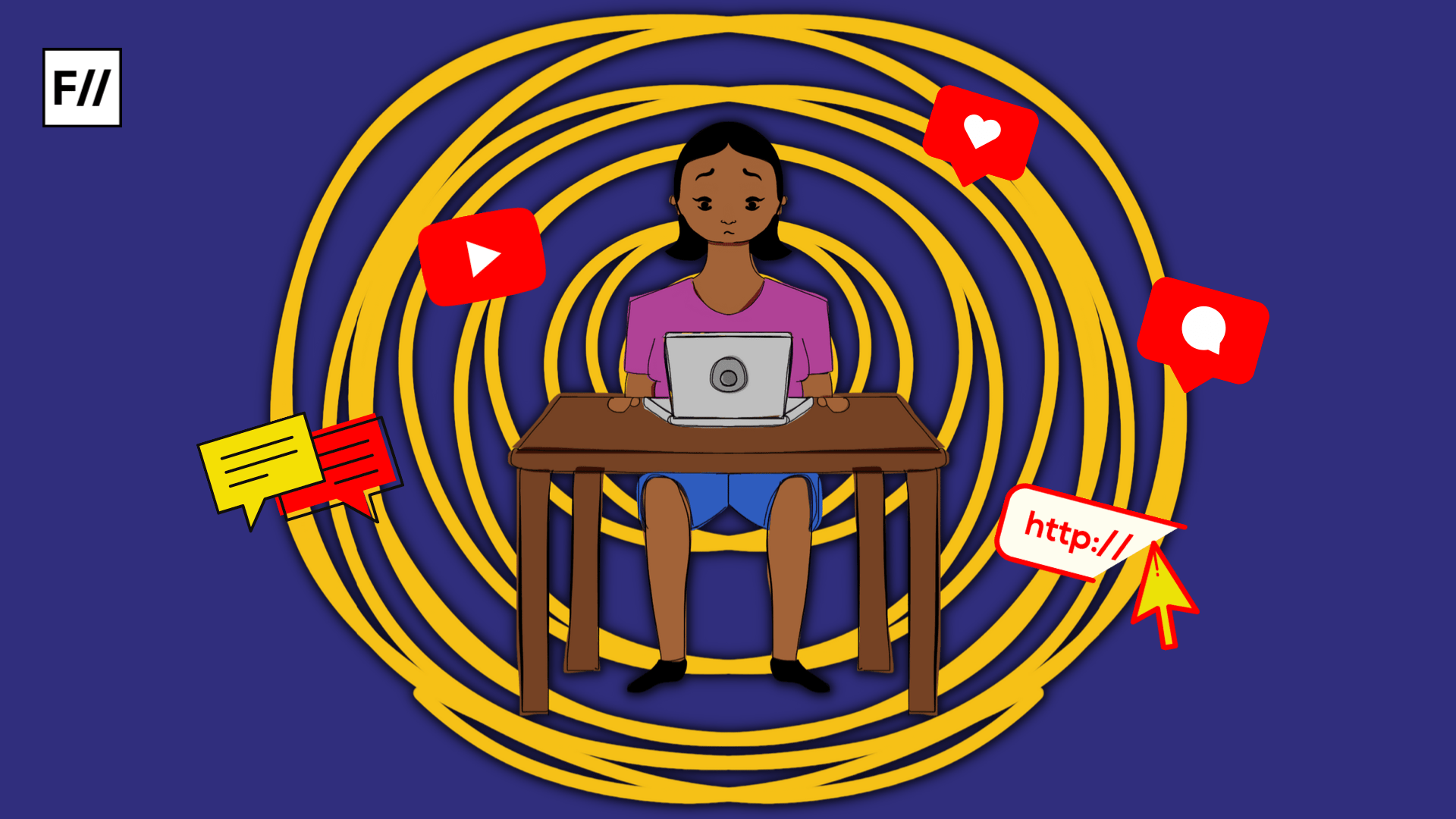The importance of inclusive and comprehensive sex education cannot be overstated because above all else, it empowers individuals to understand themselves and exercise their agency by making well-informed decisions. While social media is a great place to contribute to and learn from evolving discourses as an adult, it can also be a confusing and unreliable place to have to count on for growth and learning, especially as a minor.
The online world has recently seen a huge increase in conversations around consent and sex through a sex-positivity lens. While this is a great thing in general, it is important to remember that social media has not been designed as an educational tool. Therefore, while sexual health content that is posted on social media can serve as a powerful and important tool in the absence of a consciously crafted sex education curriculum in schools, it cannot, for a host of reasons, serve as a stand-alone substitute for comprehensive sex education.

Lack of regulatory mechanisms
The absence of regulatory mechanisms can result in many barriers. Streaming services, for example, have a self-regulatory mechanism where if the content is deemed unsuitable for a certain age, it is flagged as such. Social media, unfortunately, largely does not come with an accurate enough filter for such content.
Just like coercive rape in person is rape, someone coercing another person against their consent to engage in sexual acts over the phone or video call is also a very real sexual violation even if the perpetrator is not physically present in the same room. The effects of long-term grooming by abusers do not take place only when they are physically present. The digital space can very much also be used by them not only to groom their victims through regular phone calls, text messages, and video calls but also to exercise control and violate their victims as they would have in person
While the minimum age for Instagram is thirteen, in the absence of strict content regulation, the minor in question has unguided access to a lot of overwhelming information and visuals. While some accounts genuinely take an educational approach to sex and sexuality, like those run by doctors and qualified experts, the sad truth is that on a self-branding platform, anyone can call themselves an ‘expert’ based on a certificate from a one-hour workshop, or on absolutely nothing.
What children and teenagers must have access to is conscious, age-specific, holistic, structured, and inclusive content on the topic which has been designed under the collaborative supervision of certified professionals from relevant fields and has been vetted by educational reviewers.
Also read: Freedom Of Expression Or Medium For Violence?: The Dignity Of Women In Cyber Discourses
Lack of awareness about digital safety
To assume that minors will know how to differentiate well-meaning experts from people posing as such to exploit them at a time when even adults have trouble differentiating fake profiles from real ones is a very real threat that children face in the cyber world. That social media is a space where pedophiles and other predators are present and active is not new information.
However, for teenagers exploring their sexuality in a digital world, there are unfortunately a lot of other problems as well. Someone leaking another person’s intimate images is not just something that we have all heard of, it is also something that the cyber cell understands and has a procedure to address. However, this is not the only sexually violent behaviour that takes place online.
Just like coercive rape in person is rape, someone coercing another person against their consent to engage in sexual acts over the phone or video call is also a very real sexual violation even if the perpetrator is not physically present in the same room. The effects of long-term grooming by abusers do not take place only when they are physically present.
Most current social media algorithms reward shorter content, which leaves no place for nuance. A lot of well-meaning pages that aim to make content on sexual wellness reach the maximum amount of people due to their compliance with brevity. While this is no doubt an important task to undertake, the word/time limit on Instagram usually means that any topic which is discussed cannot be explored with its nuances, and there is usually extremely limited scope for follow-up questions
The digital space can very much also be used by them not only to groom their victims through regular phone calls, text messages, and video calls but also to exercise control and violate their victims as they would have in person.
Especially if the person starts by taking on a ‘teacher’ or ‘elder’ position in the dynamic, it is easy to establish an upper hand over an uninitiated adolescent. The answer to this is not to keep children from accessing social media, but to give them access to education about digital safety and not make them dependent on the ‘guidance’ of someone who is potentially looking to exploit them under the guise of sex education.

Short content and the lack of nuance
Most current social media algorithms reward shorter content, which leaves no place for nuance. A lot of well-meaning pages that aim to make content on sexual wellness reach the maximum amount of people due to their compliance with brevity. While this is no doubt an important task to undertake, the word/time limit on Instagram usually means that any topic which is discussed cannot be explored with its nuances, and there is usually extremely limited scope for follow-up questions.
An introduction to something like BDSM, for example, in the absence of a conversation on informed consent and the space to ask follow-up questions may have the possibility to be more disorienting than empowering, especially for young adults.
A ten-second reel where an influencer points to random words on a screen cannot possibly talk at once about BDSM, all that it encompasses, or how it works in a setting where there is consent, how in spaces where there is no consent it can be used by abusers as an excuse to be physically violent towards victims, and therefore, it is essential for there to be informed, enthusiastic, conscious consent if something like this is explored by two people.
In this particular example, the conversation about BDSM, like the conversation around sex in general, can also not be divorced from talking about power structures and cultural conditioning, which might need to be tailored to the audience’s age. One can easily make a case by saying that children can pose their follow-up questions to an adult or search for them on the internet, but if it was so easy to get access to correct, educational information, such pages would not need to exist.
Also read: Viral Culture: The Toxic, Invasive Trend Of Online Trolling
Featured Image Source: Ritika Banerjee for Feminism In India
About the author(s)
Khushi Bajaj (she/her) is an intersectional feminist and writer who holds an MSc in Media and Communications from the London School of Economics. Her work has previously been published by Penguin Random House, erbacce-press, Metro UK, Diva, Hindustan Times, and more. She is passionate about advocating for social justice and believing in the revolutionary capacity of kindness. She can be reached through email (khushi.bajaj1234@gmail.com).





